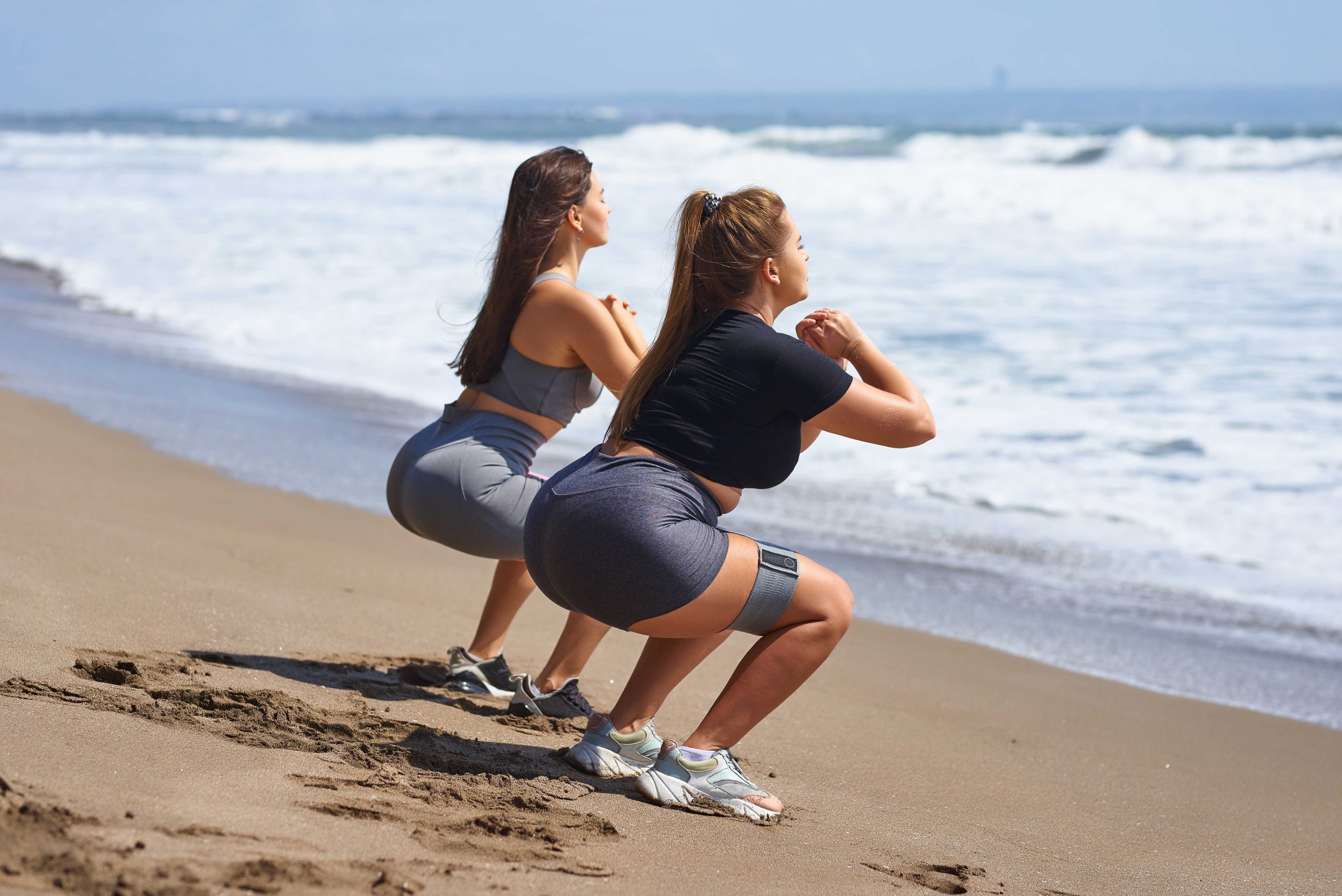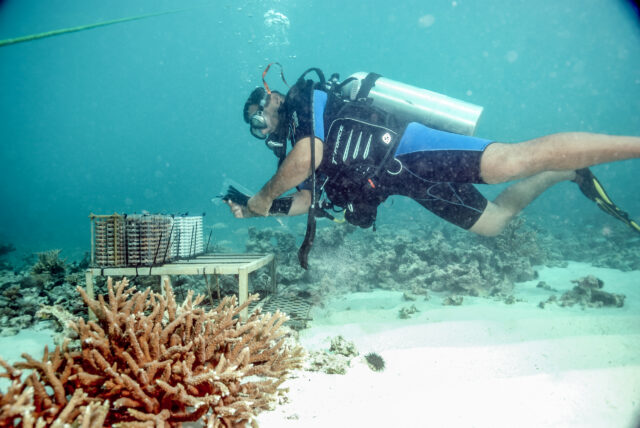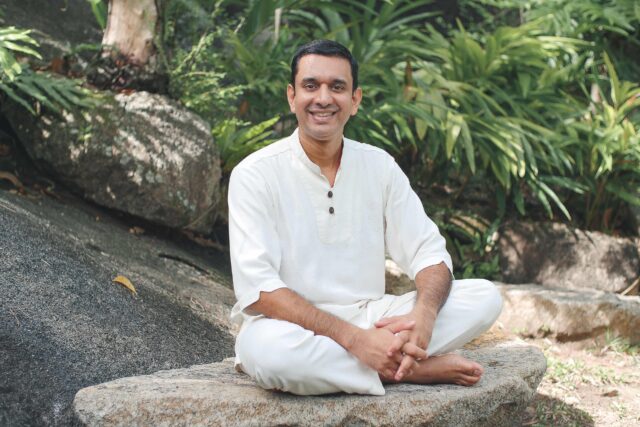With the summer heat now well and truly soaring in the UAE, you might think it’s time to stop exercising in the great outdoors, and instead head for the gym and the relief of super-cool air conditioning.
But did you know that exercising outside in the heat can actually be beneficial? Not only can it increase your blood flow, it can lead to physical gains and psychological benefits such as improving your cardiovascular health.
So how do you do it safely?
“It’s important to educate yourself on the signs of heat exhaustion and dehydration,” says Ruhil Badiani, doctor of family medicine at Cornerstone Clinic, Dubai.
The key to any exercise at this time of year is to ensure you keep your body temperature down, she adds, as this will also help to keep your heart rate at an acceptable level.
“When the temperatures start to rise, you can continue to exercise if you can cope with the heat. But if you start to feel dizzy, experience vomiting, start to see pale, clammy skin, or experience muscle cramps or fatigue, you should act quite quickly. Get yourself into the shade, an air-conditioned room or if you have access to a shower or cool compress, use those, and drink water. However, if the feelings of lightheadedness and nausea continue, you may need to visit a hospital.”
Avoid the hottest parts of the day
Exercise in the early mornings or late in the evenings and you will avoid high humidity that can stop you from sweating and cooling your body. Dr Ruhil advises hitting the pavement in the mornings, as in the evening the ground will still suffer from the day’s sun rays, leaving it warmer.
There’s very few marginal gains to be had from working out in the midday baking sun, when temperatures are often in the high forties.
Make sure you can cool down
Your body is normally a well-oiled machine when it comes to regulating your temperature. It knows when to send more blood to circulate through your skin to help cool itself, but that means less blood for your muscles, which in turn increases your heart rate. And in high humidity, sweat doesn’t readily evaporate from your skin, so your body temperature is pushed even higher. If you stop sweating in hot, humid conditions, you’re at greater risk of dehydration, heat exhaustion, or heat stroke — and that’s when it can have an adverse effect on your body and mind.
“A very good tip which is often neglected is jumping into cold water — whether that’s in the sea or in a pool,” says Phil Mahon, who works as a strength and conditioning coach in the UAE and Europe. “What a lot of top athletes do when training outside in high temperatures is to jump into a cold-water space halfway through their session. This cools the body down to a normal temperature and then they can finish their workout with their body under less stress. Because it’s all about trying to keep your body temperature down as much as possible in the hot weather to achieve an optimum workout.”
Continual hydrating
“Keep sipping on water,” says Mahon. “From the minute you wake up to the minute you train, sipping will ensure you are fully hydrated before you start training. Of course, make sure you hydrate through and after your session. Try not to guzzle a liter of water just before training, as it will just lie in your stomach and can cause cramping.”
Dr Ruhil adds: “In extreme cases, not hydrating enough can put strain on your kidneys, because you need to flush out all the toxins. If you aren’t drinking, your blood volume reduces, your heart has to work harder, and a lot of strain is put on your brain as it needs that fluid around it — all of this can have a detrimental effect on your body.”
Modify your attire & wear sunscreen
Lightweight clothing that’s breathable, and can absorb sweat is advisable, alongside lighter colors that can reflect the sun, and a hat that can protect the top of your head from the sun’s rays.
And even though you are on the move outside, the sun will still be beating down on your skin, so protecting it is vital. Try and apply sunscreen every couple of hours, especially if you’ve been sweating, because if you get sunburned, your body will be less likely to cool itself.
Create a realistic plan
Start with simple workouts that can be built on. Begin with a lower number of reps or minutes and increase as you get stronger. Mohan says: “Minimize your training sessions — you won’t manage the same length of time in the sun as you would in an air-conditioned gym, so you need to be smart and sensible about condensing your sessions as much as you can.”
“Change your workout to incorporate the cool outdoor facilities around you,” says Dr Ruhil. “Paddleboarding, kayaking, swimming, or anything you can do in the water will give you a good workout, but also helps to keep your body temperature down.”
Take breaks when you need to
Sounds simple right? Unfortunately, when you are competing with yourself and that last kilometre, it can be easy to forget. But if you feel dizzy, nauseous, or overly tired, listen to your body and take a longer rest – your entire being will thank you.






